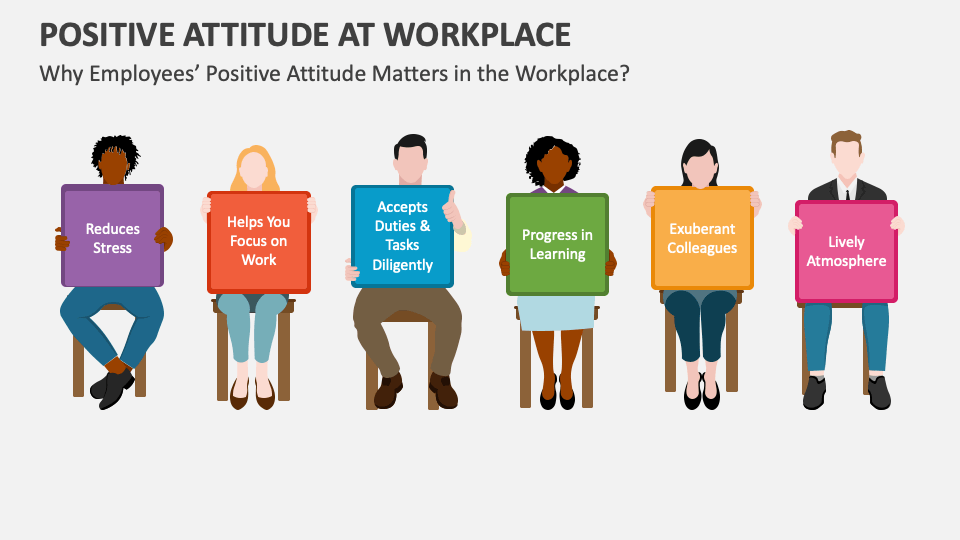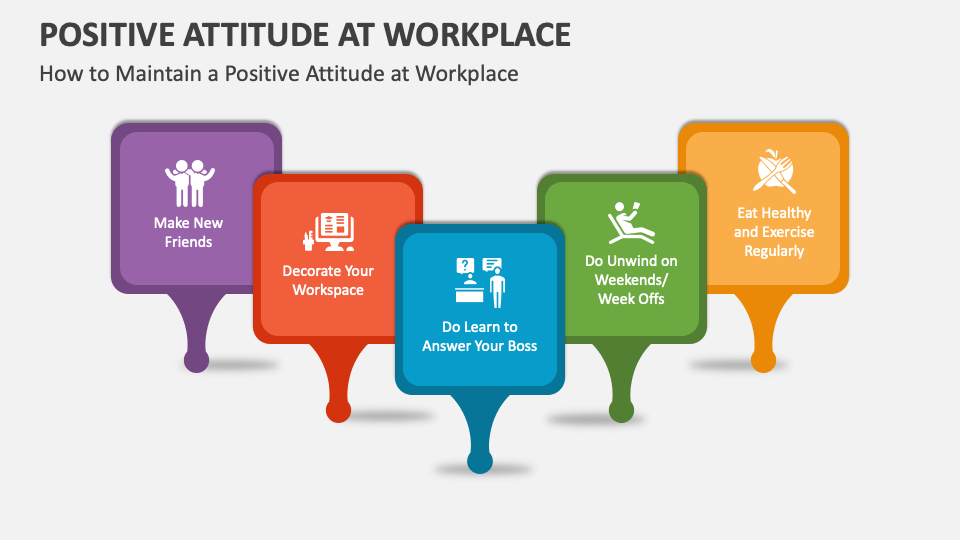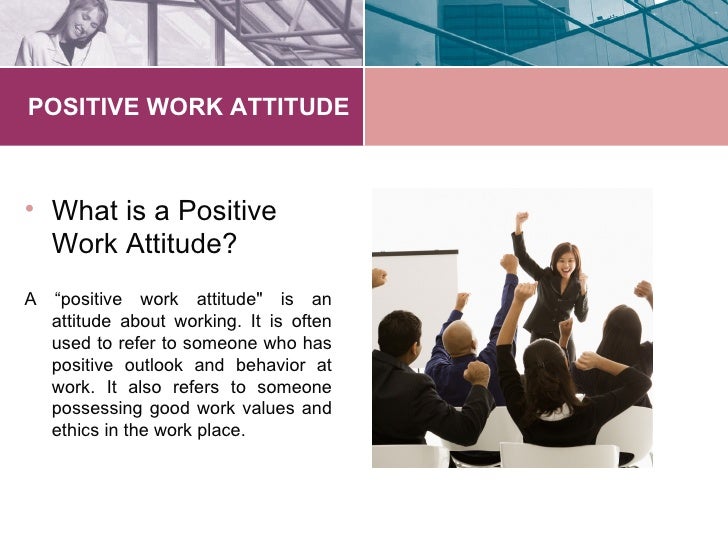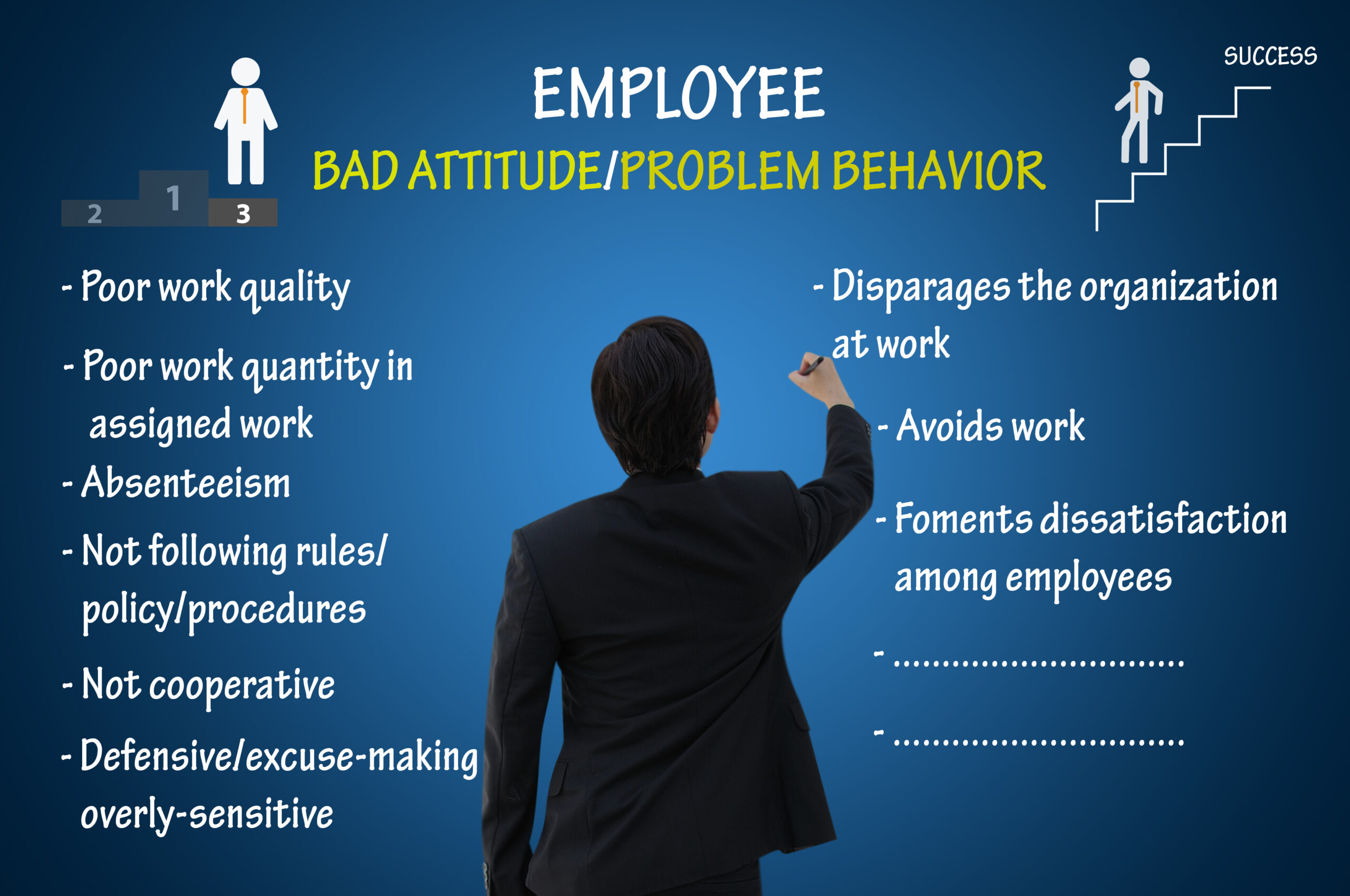How To Manage People's Attitude At Work

The break room buzzes with the low hum of the coffee machine and snippets of conversations. Sarah, the team lead, notices a distinct shift in the atmosphere. While some faces radiate energy, others are clouded with discontent. Managing the diverse attitudes swirling within a workplace is a delicate dance, crucial for fostering a productive and positive environment.
At its core, effectively managing attitudes at work requires a blend of empathy, clear communication, and proactive strategies. It's about understanding the roots of negativity, fostering a culture of appreciation, and equipping leaders with the tools to navigate challenging situations.
Understanding the Landscape of Workplace Attitudes
A positive attitude isn't simply about forced smiles and unwavering optimism. It's about resilience, a willingness to collaborate, and a sense of ownership over one's work. Conversely, a negative attitude can manifest as cynicism, absenteeism, or a reluctance to contribute.
According to a study by Gallup, employees with positive attitudes are significantly more engaged and productive. This translates to higher quality work, improved customer satisfaction, and a more innovative work environment.
Several factors can influence an employee's attitude, from workload and work-life balance to management style and interpersonal relationships. Recognizing these underlying causes is the first step toward addressing negative attitudes.
Strategies for Cultivating a Positive Environment
Promote Open Communication
Create a safe space where employees feel comfortable expressing their concerns and offering suggestions. Regular check-ins, team meetings, and anonymous feedback mechanisms can facilitate open dialogue.
Actively listen to your team members. Understanding their perspectives is crucial for addressing issues before they escalate into larger problems.
Recognize and Reward Achievements
Acknowledging hard work and celebrating successes, both big and small, can significantly boost morale. A simple "thank you" or a public acknowledgement of a job well done can go a long way.
Consider implementing a formal recognition program to highlight outstanding contributions and reinforce positive behaviors. This doesn't always have to involve monetary rewards; sometimes, public praise or opportunities for professional development can be even more effective.
Foster a Culture of Respect and Empathy
Promote a workplace where everyone feels valued and respected, regardless of their background or position. Encourage employees to practice empathy and consider different perspectives.
Address instances of disrespect or bullying promptly and decisively. A zero-tolerance policy sends a clear message that such behavior is unacceptable.
Provide Opportunities for Growth and Development
Employees who feel stuck in their roles may become disengaged and develop negative attitudes. Offer opportunities for professional development, such as training programs, mentorships, and challenging assignments.
Invest in your employees' growth. This not only enhances their skills but also demonstrates that you value their contributions and are invested in their future.
Lead by Example
As a leader, your attitude sets the tone for the entire team. Maintain a positive and optimistic outlook, even during challenging times.
Practice what you preach. Be respectful, empathetic, and communicative. Your actions speak louder than words.
Addressing Negative Attitudes Directly
While proactive strategies can prevent negative attitudes from developing, sometimes direct intervention is necessary. Approach the situation with empathy and a desire to understand the underlying cause.
Have a private conversation with the employee to discuss your observations and concerns. Focus on specific behaviors rather than making general accusations.
Work collaboratively to develop a plan for improvement, setting clear expectations and providing support. Document the conversation and any agreed-upon actions.
If the negative attitude persists despite these efforts, consider involving HR or exploring disciplinary action. It's important to address the situation promptly to prevent it from impacting the rest of the team.
Navigating workplace attitudes is an ongoing process. It requires constant attention, adaptation, and a genuine commitment to creating a supportive and positive environment.
By prioritizing open communication, recognizing achievements, and fostering a culture of respect, leaders can cultivate a workplace where employees thrive and contribute their best.
Ultimately, it's about understanding that people are the most valuable asset of any organization, and investing in their well-being is an investment in the organization's success.


















